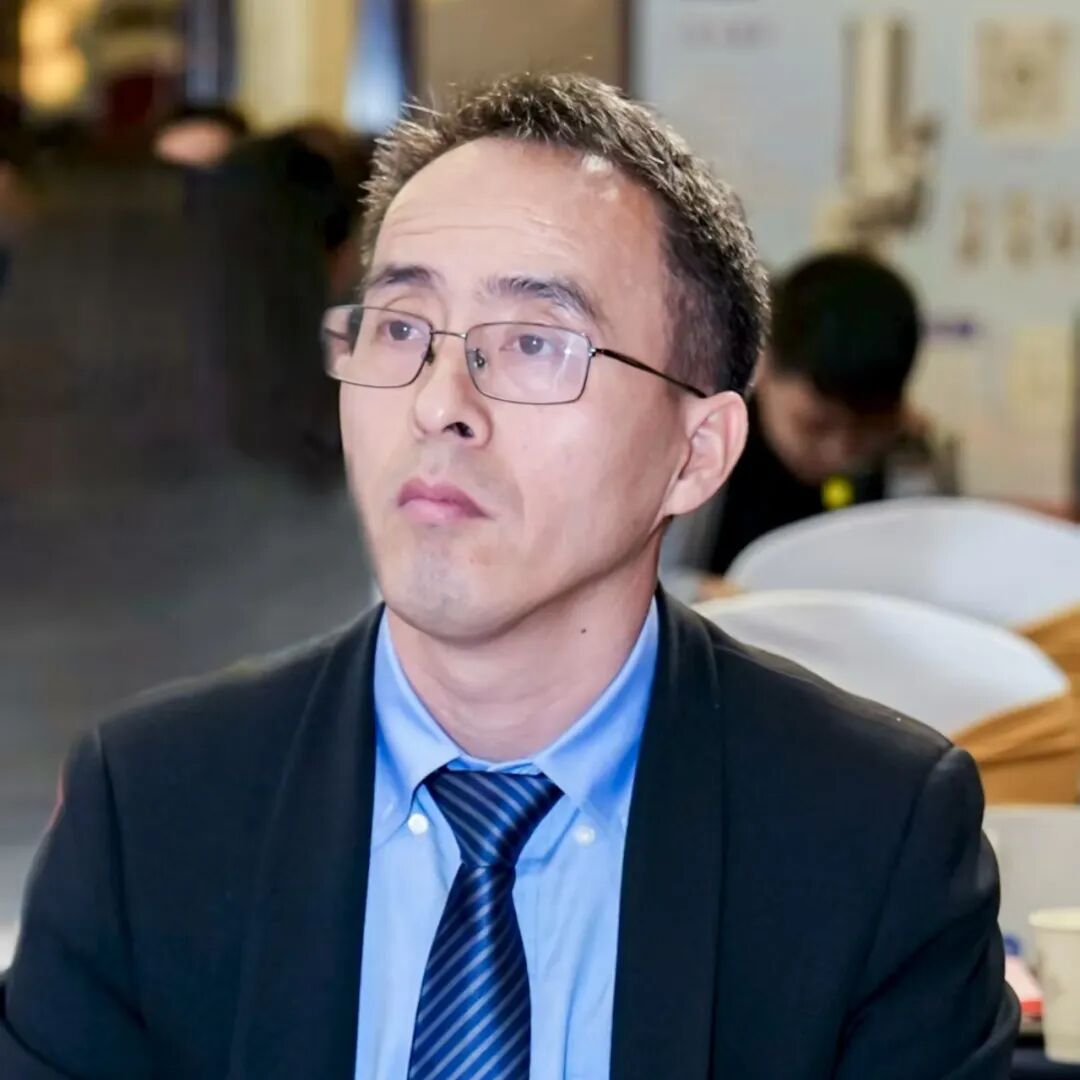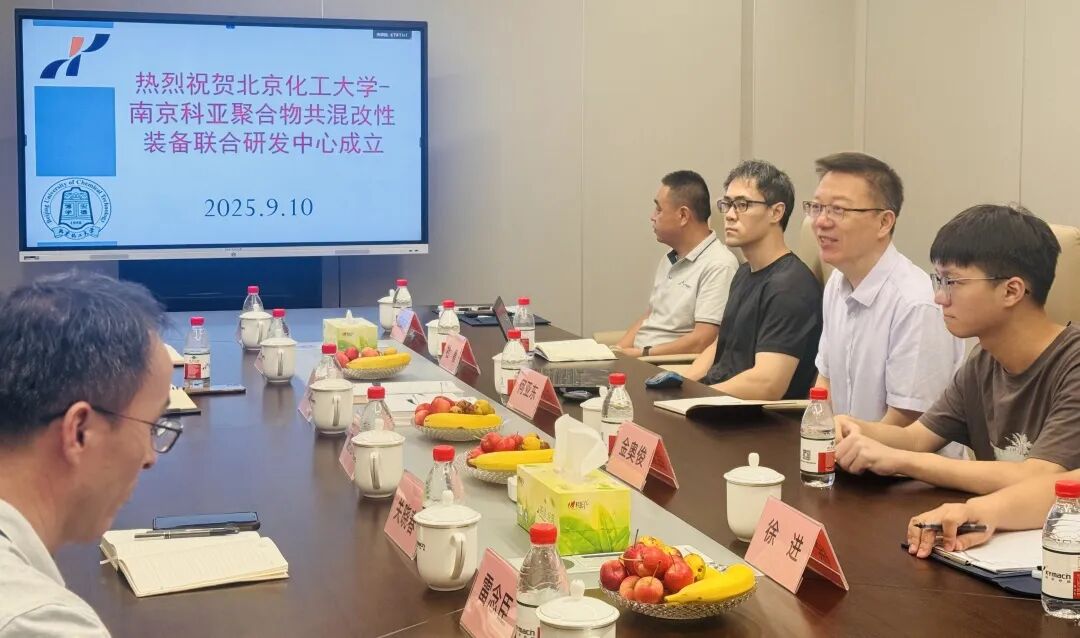Suzhou Summit Preview: How Twin-Screw Empowers High-End Masterbatch Manufacturing
The year 2025, as a key intersection for the conclusion of the "14th Five-Year Plan" and the layout of the "15th Five-Year Plan," marks a new stage in China's industrial upgrading.
Color masterbatch, known as the "industrial MSG," is a high-performance polymer functional material that is not only key to achieving the colorful and personalized aesthetic pursuits of plastic products but also enhances the comprehensive properties of materials such as weather resistance, aging resistance, and mechanical strength. It is also a core technological means to promote lightweight and low-carbon development.High-quality masterbatches are crucial for the coloration and performance restoration of recycled plastics, making them an indispensable part of the green transformation in the plastic industry.
The event scheduled to be held in Suzhou from November 10-12, 2025."2025 National Symposium on Plastic Coloring and Masterbatch Technology and Trade Information Exchange" The 32nd Annual Meeting of the China Masterbatch IndustryAims to gather industry wisdom and explore the deep integration of technological innovation and industrial development.
Color Masterbatch Technology Advancement

Modern masterbatch technology has long surpassed the realm of basic coloring, rapidly advancing towards high concentration, multifunctionality, and specialization. However, the advancement in technology also comes with severe challenges.
-
To achieve high opacity or specific functions, a large amount of fillers such as titanium dioxide and calcium carbonate is required. However, a high filling amount can easily cause "bridging" issues during the feeding process, leading to production interruptions and quality fluctuations.
-
For emerging materials such as biodegradable plastics and high-temperature engineering plastics, developing specialized masterbatches that have good compatibility, do not catalyze degradation, and maintain stable colors has become a frontier focus of industry research and development.
Wait a moment...
These deep-rooted challenges place extremely high demands on the core processing equipment - the twin-screw extruder.
Based on the complex requirements mentioned above, the innovation of twin-screw extrusion blending technology is crucial. Lei Nianchen, the R&D director of Nanjing Keya Equipment Technology Co., Ltd., was invited to give a keynote speech at the annual meeting, which will directly address these industry pain points.

Lei Nianchen, R&D Director
Bachelor of Engineering in Plastic Machinery, Beijing University of Chemical Technology
Master's Program, School of Mechanical and Electrical Engineering, Beijing University of Chemical Technology, External Supervisor
Senior Technical Expert in Plastic Compounding and Modified Extrusion Industry
As a senior expert with over twenty years of experience, I will systematically elaborate on how twin-screw technology addresses the challenges of masterbatch manufacturing, as well as the development and current status of co-rotating twin-screw systems. I will provide a brief analysis of the twin-screw mixing and extrusion process, and share what constitutes an excellent screw configuration.
In the production process of masterbatches, the industry has long been troubled by issues such as high-content powder feeding bridging, material fluffiness making transportation difficult, screw wear in the plasticization zone, and uneven plasticization of materials with multiple melting points.
To address the bridging issue of the feeder, Director Lei Nianchen significantly improved the stability of the granulation and discharge processes through a specially designed anti-bridging structure, thus ensuring product quality.
Case Sharing
Production difficulties
&
Solution
Based on the gap between "laboratory research and development" and "industrial production," Koya Equipment actively establishes an open cooperation model.
Enterprises can obtain process solutions for specific masterbatch formulations (such as high-filled PP masterbatches, flame-retardant ABS masterbatches, etc.) by paying attention to the public account's backend messages or contacting Director Lei Nianchen's technical team.
At the same time, the Koya Open Laboratory welcomes everyone to come for on-site testing of the experimental twin-screw extruder to carry out full-process verification.Theory-Experiment-Production”The seamless connection model helps enterprises shorten the R&D cycle, optimize production costs, and quickly transform innovative ideas into high-quality masterbatch products with market competitiveness.

The Koya Equipment Laboratory has reached a cooperation agreement with Beijing University of Chemical Technology to jointly establish the "Joint R&D Center for Polymer Blending and Modification Equipment," which is currently in the process of being organized. Stay tuned!
【Copyright and Disclaimer】The above information is collected and organized by PlastMatch. The copyright belongs to the original author. This article is reprinted for the purpose of providing more information, and it does not imply that PlastMatch endorses the views expressed in the article or guarantees its accuracy. If there are any errors in the source attribution or if your legitimate rights have been infringed, please contact us, and we will promptly correct or remove the content. If other media, websites, or individuals use the aforementioned content, they must clearly indicate the original source and origin of the work and assume legal responsibility on their own.
Most Popular
-

List Released! Mexico Announces 50% Tariff On 1,371 China Product Categories
-

Nissan Cuts Production of New Leaf EV in Half Due to Battery Shortage
-

New Breakthrough in Domestic Adiponitrile! Observing the Rise of China's Nylon Industry Chain from Tianchen Qixiang's Production
-

Dow, Wanhua, Huntsman Intensively Raise Prices! Who Controls the Global MDI Prices?
-

Mexico officially imposes tariffs on 1,400 chinese products, with rates up to 50%






